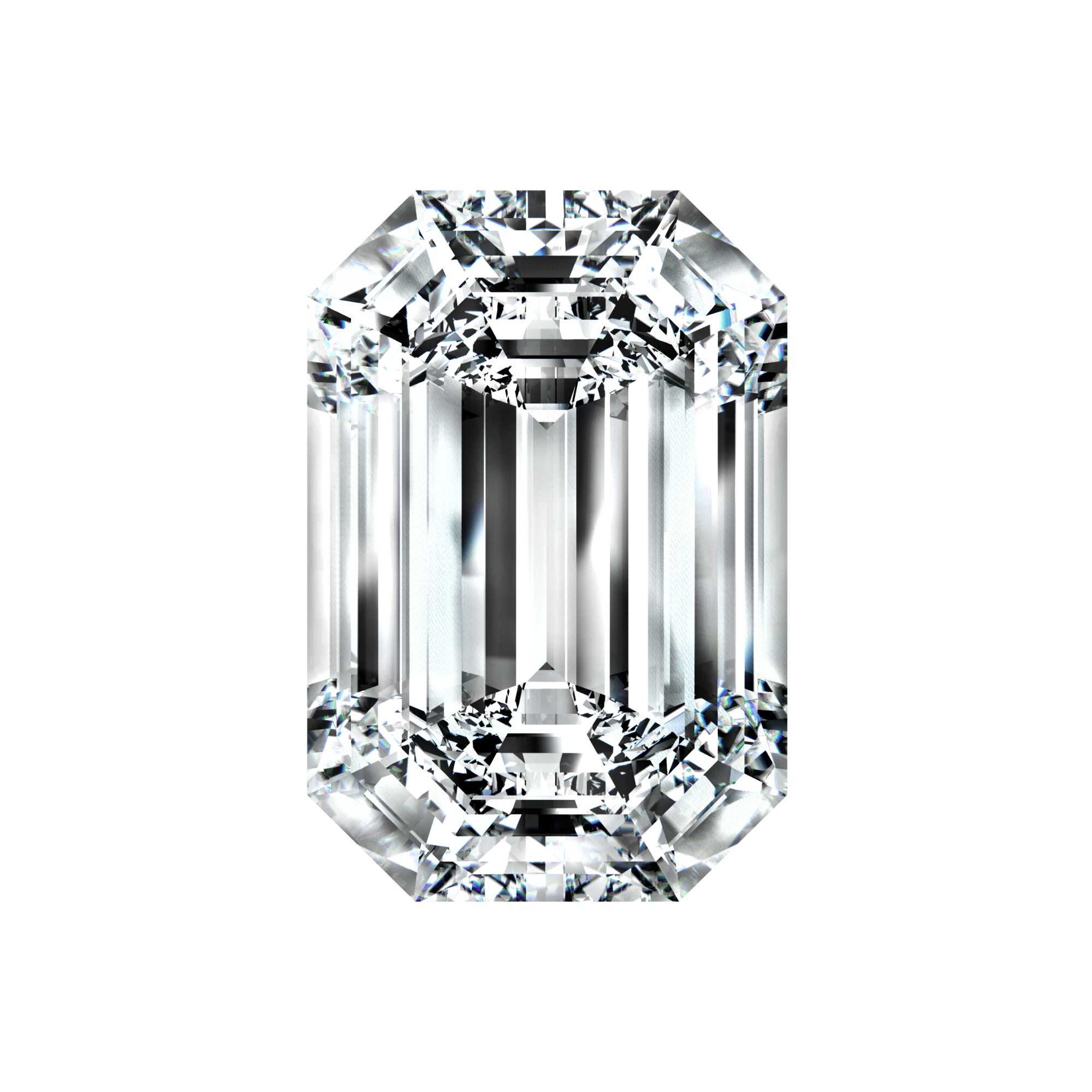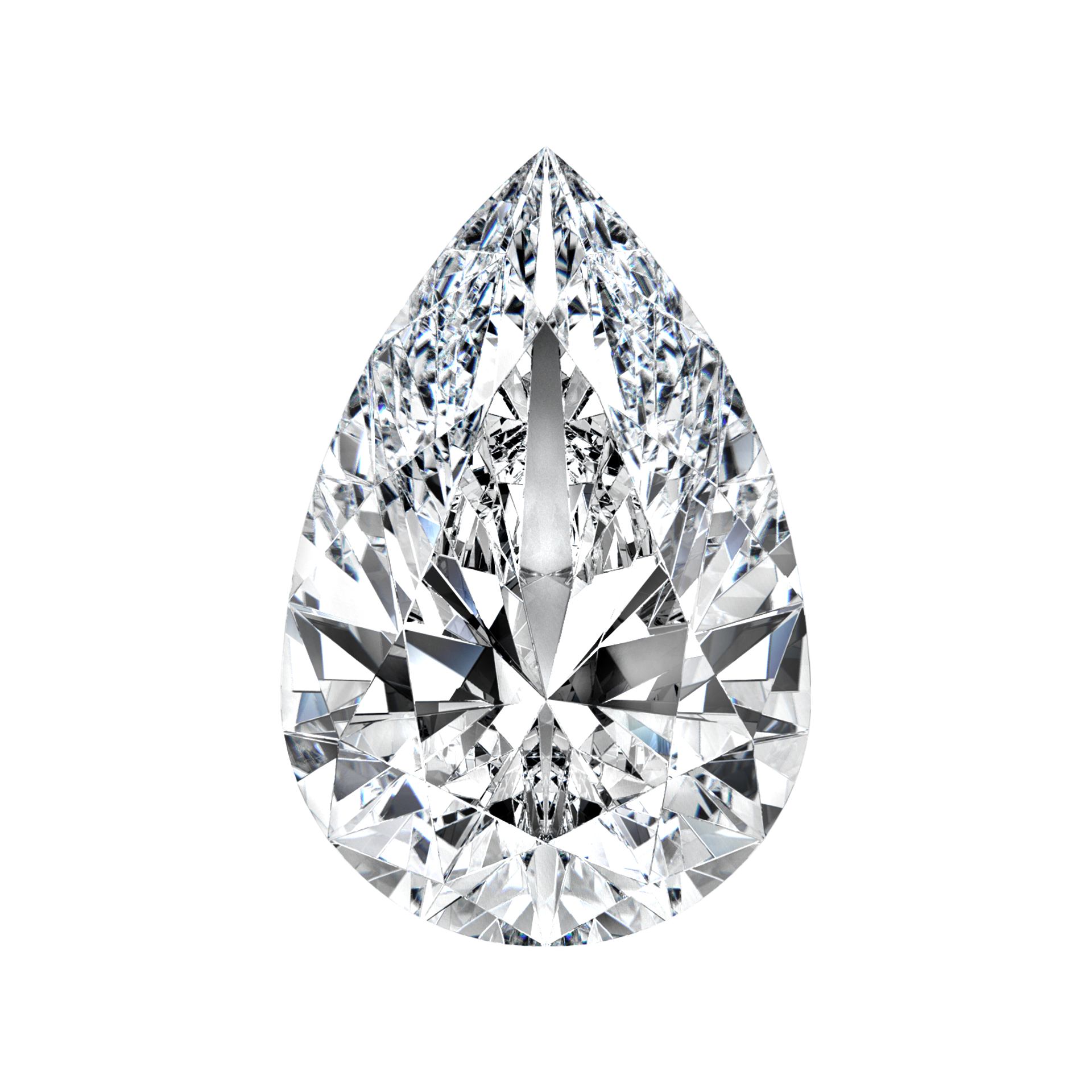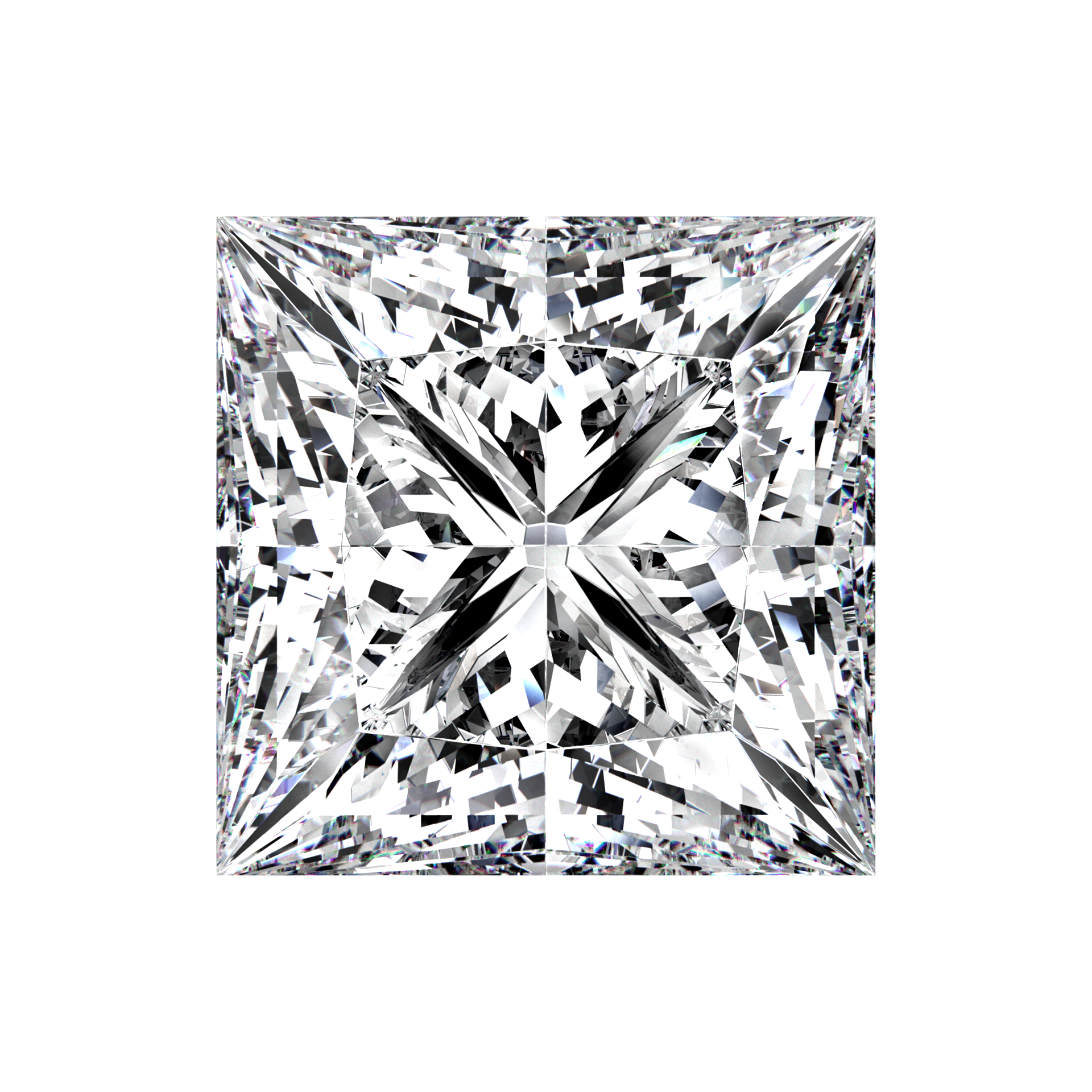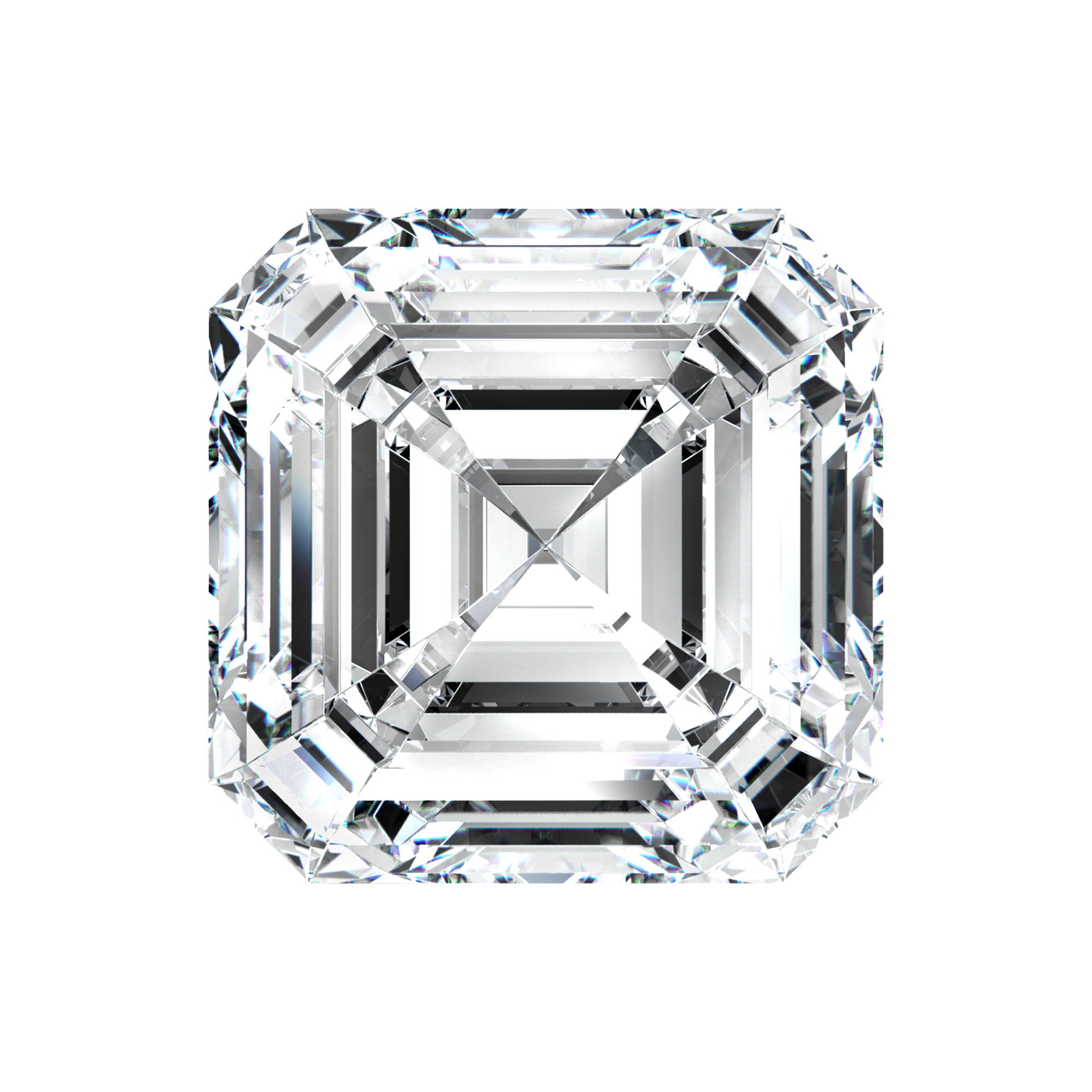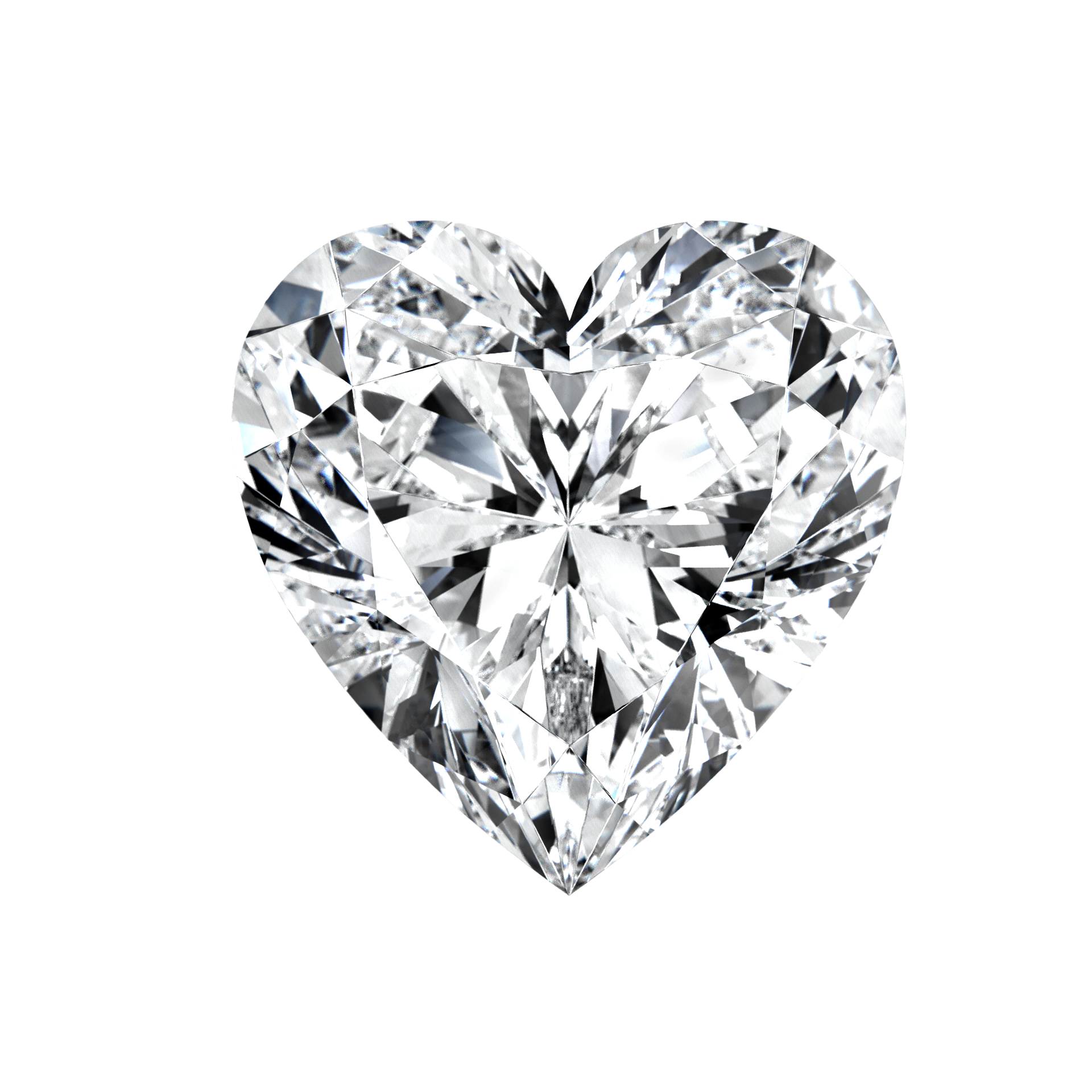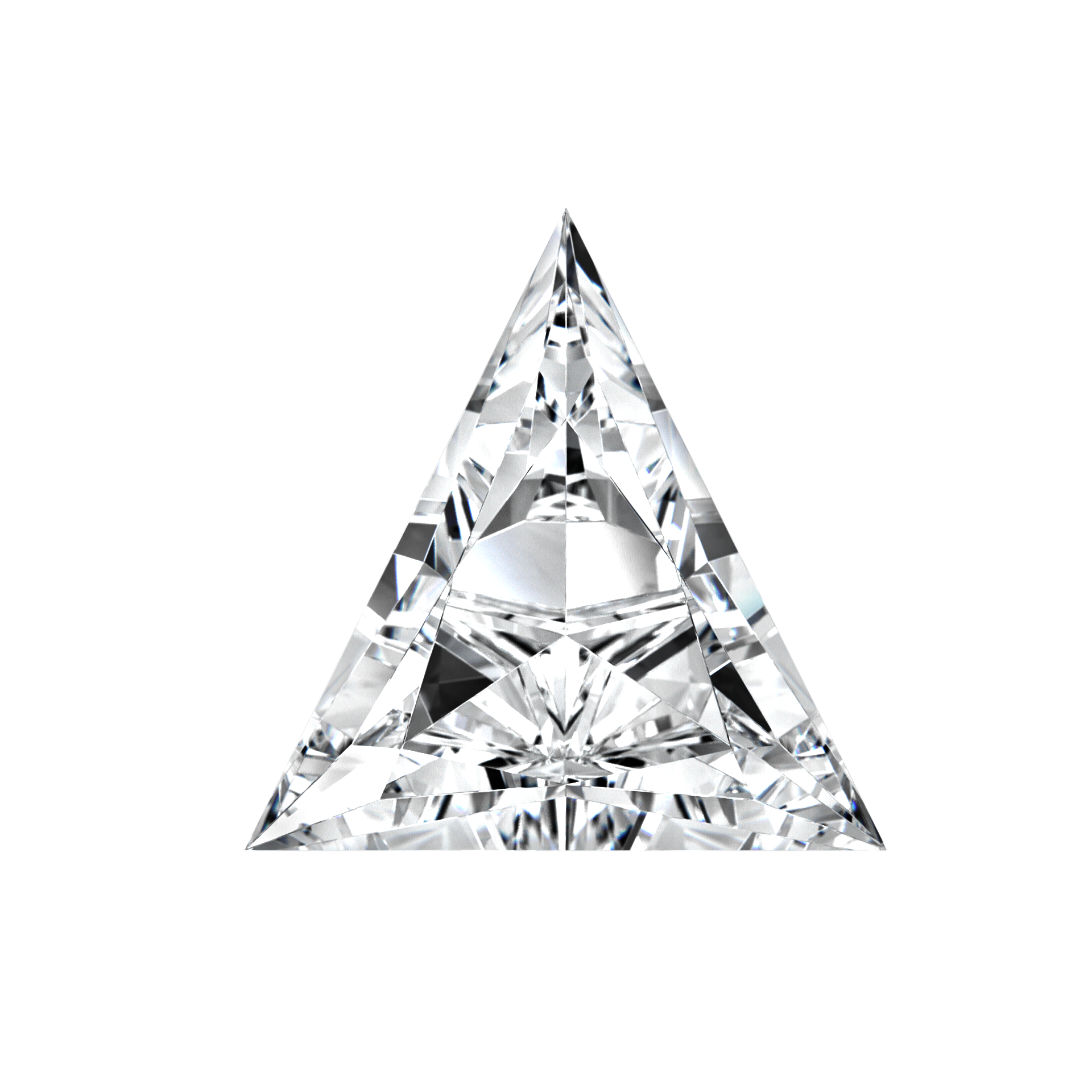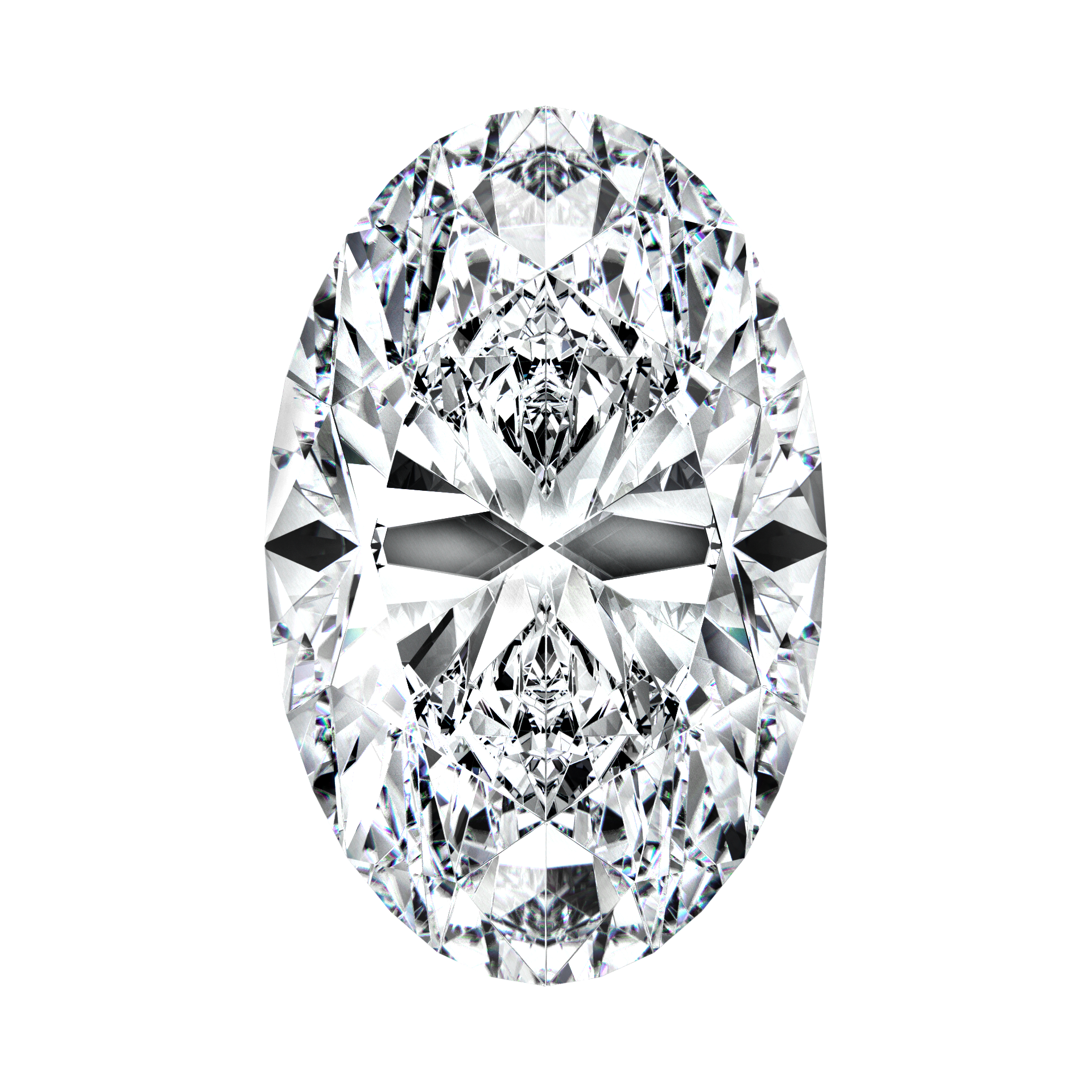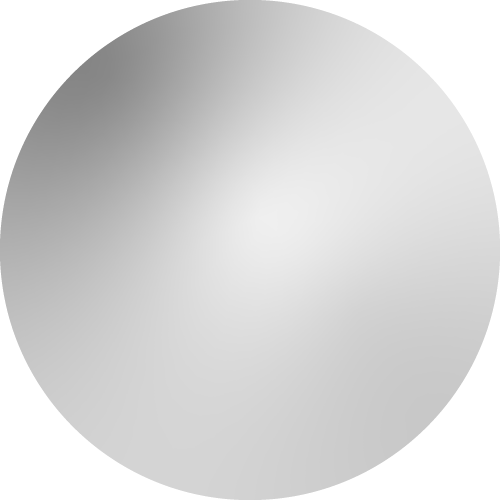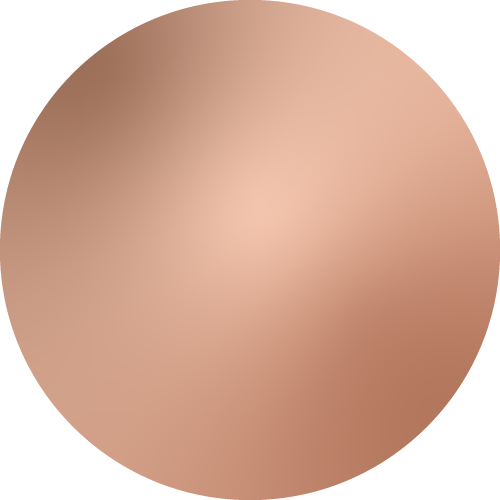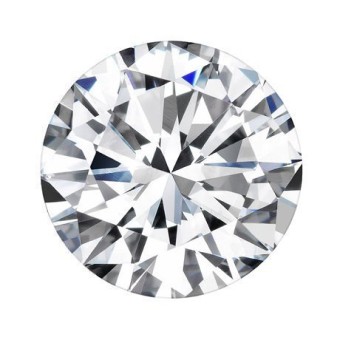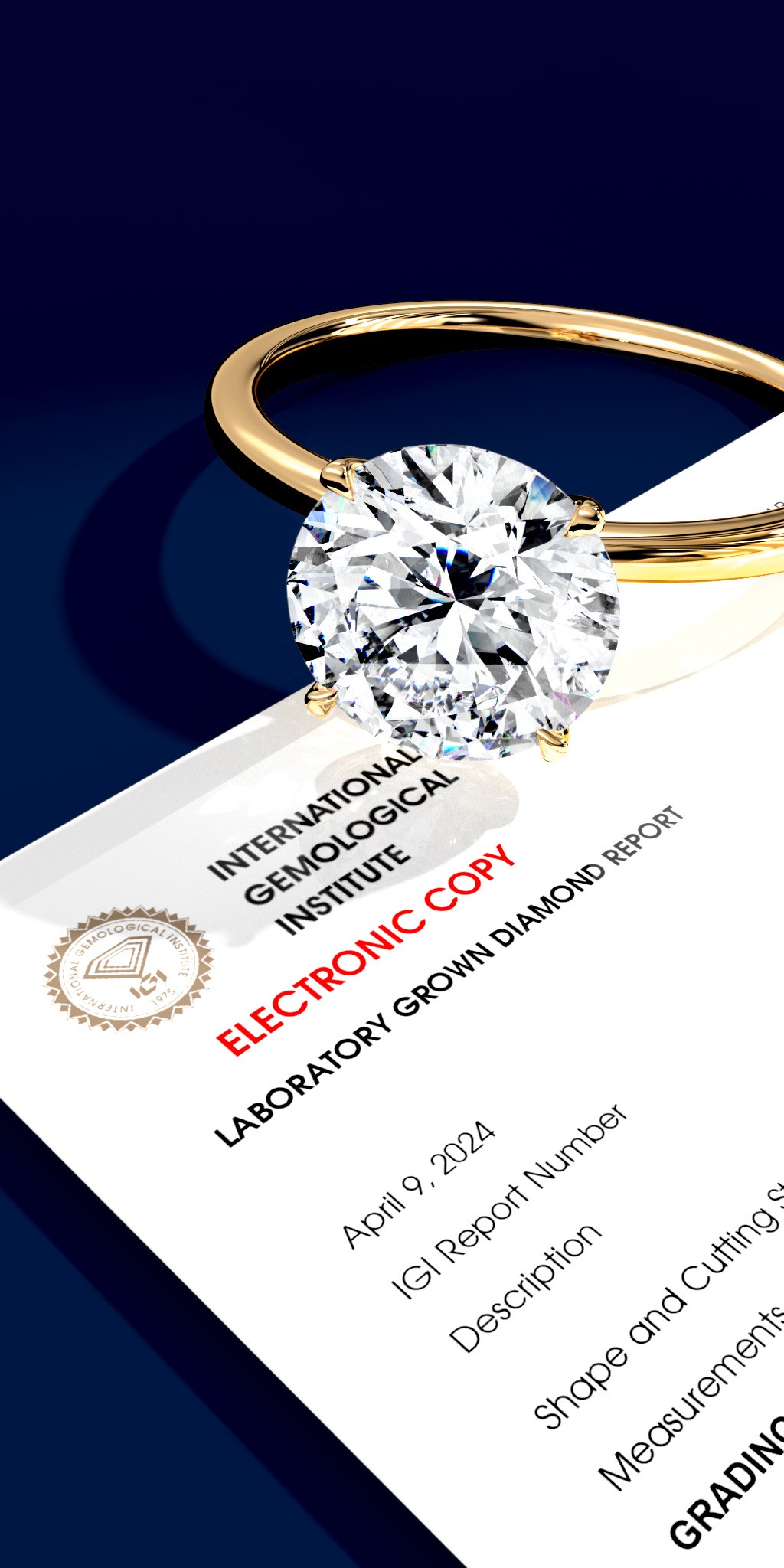Save up to 90% while purchasing lab-grown diamonds. Upsize your diamond while still saving so much. The more, the merrier.
What are Lab-Grown Diamonds?
Lab-grown diamonds (also called lab-created) are produced in meticulously controlled lab settings using advanced technology that replicates the natural formation conditions found in the Earth's mantle. These diamonds are composed of real carbon atoms arranged in the typical diamond crystal structure. As they are made from the same material as natural diamonds, they share identical optical and chemical properties.
What is Diamond Carat Size?
“Carat” is the term to describe the weight of a diamond. One carat equals 0.2 grams. Carat weight directly correlates with the size of the diamond, with larger carat weights typically resulting in bigger diamonds.
What is Diamond Clarity?
Diamond clarity refers to the absence of internal flaws (inclusions) and external blemishes (blemishes) within a diamond.
-
VS2
Very slightly included 2. Inclusions are difficult to detect under 10x magnification. Inclusions are typically not visible to the naked eye.
-
VS1
Very slightly included 1. Inclusions are difficult to detect under 10x magnification. Inclusions are not visible to the naked eye.
-
VVS2
Very very slightly included 2. The inclusions are difficult to see even under 10x magnification. They have only slightly more inclusions than VVS1 diamonds.
-
VVS1
Very very slightly included 1. The inclusions are difficult to see even under 10x magnification.
-
IF
Internally Flawless. These rare and beautiful diamonds boast no internal flaws.
-
FL
Flawless. The ultimate in diamond clarity, completely free of internal or external flaws.
What is Diamond Color?
Lab-grown diamond color is another crucial aspect to consider when evaluating its quality and value. Just like natural diamonds, lab-grown diamonds can exhibit a range of colors, from colorless to fancy colored diamonds. The absence of color is highly prized in both natural and lab-grown diamonds, with colorless diamonds being the most sought after for their purity and brilliance.
D is the highest grade and Z is the lowest grade.
-
D
D is the best color grade. These diamonds are totally colorless and very rare.
-
E
E diamonds feature slight traces of color that elude even a trained eye, earning them a colorless grade.
-
F
F diamonds have slight color which can only be detected by an expert gemologist. Although F diamonds have slightly more color than E diamonds, they are still classified as colorless.
-
G
not carried by Flawless Diamonds
-
H
not carried by Flawless Diamonds
What is Diamond Cut?
The cut of a lab-grown diamond is a crucial aspect of its quality and beauty, playing a significant role in determining its overall appearance and desirability. When choosing a lab-grown diamond, it's essential to prioritize excellent cut quality to ensure maximum brilliance and sparkle. A well-cut lab-grown diamond will exhibit optimal light performance, maximizing its sparkle, fire, and scintillation.
Please note that these are the highest possible cut, polish and symmetry grades for a diamond:
IGI Certified Round Diamonds - IDEAL EX EX
GIA Certified Round Diamonds - EX EX EX
IGI Certified Fancy Diamonds - EX EX
GIA Certified Fancy Diamonds - EX EX
Please note that IGI EX EX EX diamonds are not equivalent to GIA EX EX EX diamonds. IGI’s EX EX EX is equivalent to GIA VG EX EX.
-
VS2
Very slightly included 2. Inclusions are difficult to detect under 10x magnification. Inclusions are typically not visible to the naked eye.
-
VS1
Very slightly included 1. Inclusions are difficult to detect under 10x magnification. Inclusions are not visible to the naked eye.
-
VVS2
Very very slightly included 2. The inclusions are difficult to see even under 10x magnification. They have only slightly more inclusions than VVS1 diamonds.
-
VVS1
Very very slightly included 1. The inclusions are difficult to see even under 10x magnification.
-
IF
Internally Flawless. These rare and beautiful diamonds boast no internal flaws.
-
FL
Flawless. The ultimate in diamond clarity, completely free of internal or external flaws.
What is a Diamond Certificate?
A lab-grown diamond certificate is an official document issued by a gemological laboratory that provides an assessment of the diamond's characteristics and quality. Just like natural diamonds, lab-grown diamonds can be certified by reputable gemological institutes such as the Gemological Institute of America (GIA), the International Gemological Institute (IGI), and others.
At Flawless Diamonds, we offer the highest quality of diamonds, sourcing only DEF color, IF - VS1 clarity diamonds, with the highest possible cut grade, certified only by GIA or IGI.
-
IGI
Description for IGI. It is a long established fact that a reader will be distracted by the readable content of a page when looking at its layout. The point of using Lorem Ipsum is that it has a more-or-less normal distribution of letters, as opposed to using 'Content here, content here'
-
GIA
This is GIA Many desktop publishing packages and web page editors now use Lorem Ipsum as their default model text, and a search for 'lorem ipsum' will uncover many web sites still in their infancy.
-
GCAL
GCAL here. Lorem ipsum dolor sit amet, consectetur adipiscing elit, sed do eiusmod tempor incididunt ut labore et dolore magna aliqua. Ut enim ad minim veniam, quis nostrud exercitation ullamco laboris nisi ut aliquip ex ea commodo consequat.
How lab-grown diamonds are made?
Lab-grown diamonds originate from small carbon seeds of existing diamonds. Using advanced technology, scientists replicate natural diamond formation through extreme pressure and heat. Within six to ten weeks, a rough diamond is created, which is then cut, polished, and set into lab diamond jewelry like rings, earrings, necklaces, or bracelets.
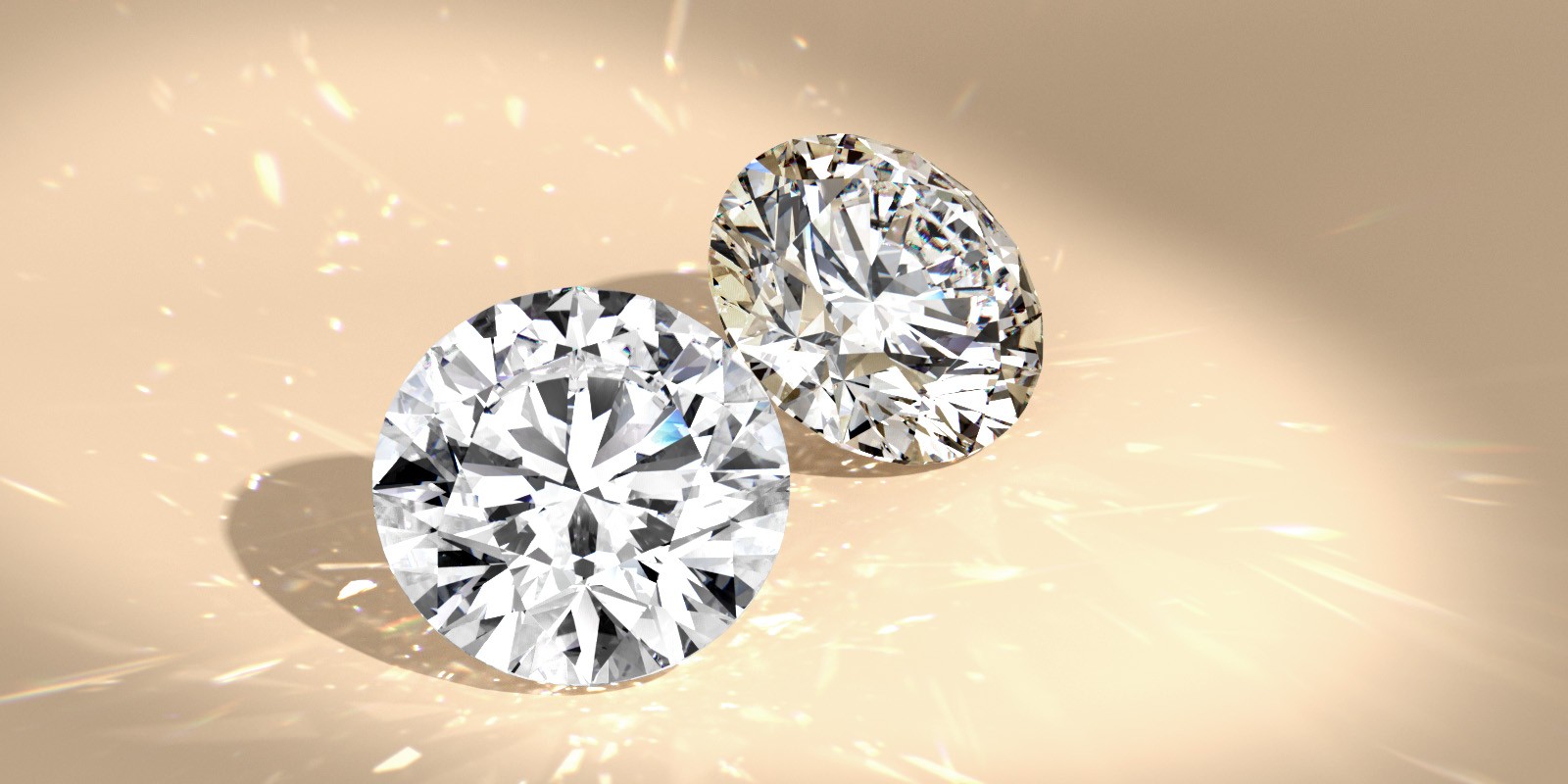
Lab-Grown Diamonds vs Diamond Simulants
It’s crucial to understand the key difference between lab-grown diamonds and diamond simulants. Lab-grown diamonds are made from carbon, identical to natural diamonds. In contrast, diamond simulants resemble diamonds but are not composed of true carbon crystals.
Two common diamond simulants are moissanite and cubic zirconia.
- Moissanite: Moissanite often has a more pronounced rainbow glint compared to the bright sparkle of traditional diamonds.
- Cubic Zirconia: Cubic zirconia (CZ) is another synthetic crystal used as a diamond substitute. It can show wear and become cloudy over time.
Conclusion: Cubic zirconia and moissanite are not diamonds, they are made to resemble the look of a diamond. Simulants lack the chemical and physical properties of natural diamonds and are therefore much cheaper than lab-grown diamonds. They can be identified from natural or lab-grown diamonds with the naked eye.
Natural and lab-grown diamonds possess thermal conductivity properties that differentiate them from cubic zirconia when using a handheld diamond tester. However, gemologists can usually distinguish between diamond and moissanite based on their refractive properties, with moissanite being double refractive and diamonds single refractive. Learn more about the differences between moissanite and diamonds.
The Primary Methods of Producing Lab-Grown Diamonds
- High Pressure High Temperature (HPHT): This technique replicates the natural conditions of diamond formation within the earth. A large machine compresses carbon material under pressures exceeding 870,000 lbs. per square inch at high temperatures ranging from 1300 to 1600 degrees Celsius to produce the lab diamond.
- Chemical Vapor Deposition (CVD): In this method, a seed diamond is placed in a small vacuum chamber filled with heated hydrogen and carbon-containing gases. At specific temperatures, these gas molecules break down, allowing layers of crystallized carbon to form around the seed, gradually growing into a larger diamond. Some CVD-grown diamonds may undergo additional pressure and heat treatments after their initial growth.
It is impossible to distinguish between natural diamonds, HPHT lab-grown diamonds, and CVD lab-grown diamonds with the naked eye.
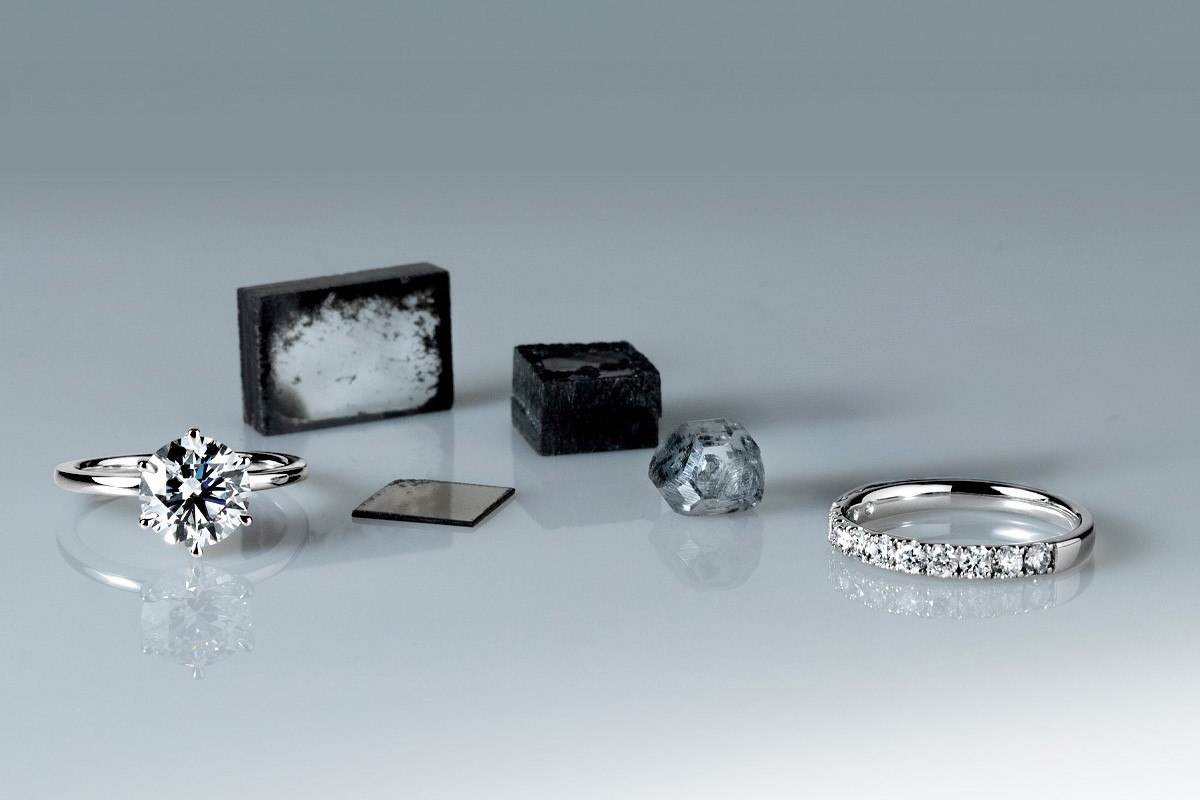
Lab-Grown Diamond FAQs
Diamond certification is only available for 0.30ct per piece and above. We do not provide certification for diamonds below 0.30ct per piece, but you do not have to worry because we still use top quality F VVS diamonds even though they do not come with certification.
Both GIA (Gemological Institute of America) and IGI (International Gemological Institute) produce certificates for lab-grown diamonds because they are 100% real. Lab-grown diamonds are not diamond simulants like moissanites or cubic zirconias.
Physically, chemically and optically, lab-grown diamonds are identical to natural diamonds. The only difference is the place of birth. Natural diamonds are mined from the Earth while lab-grown diamonds are grown inside a lab.

